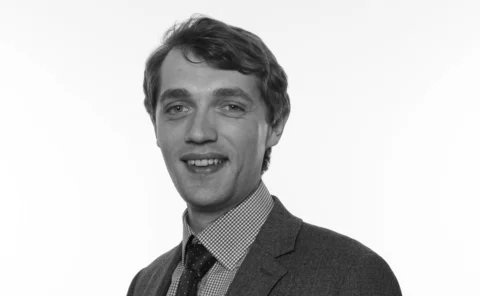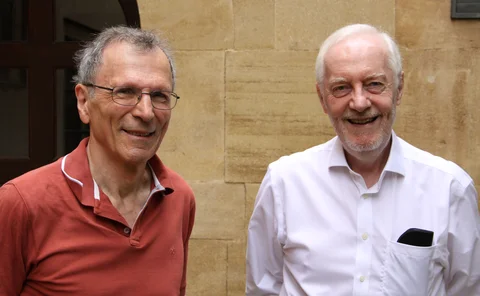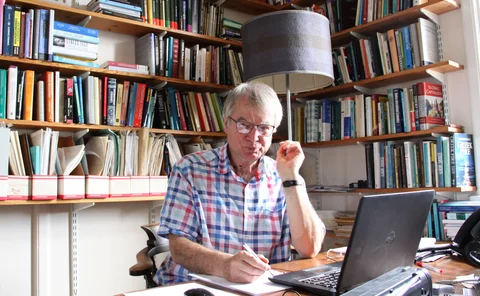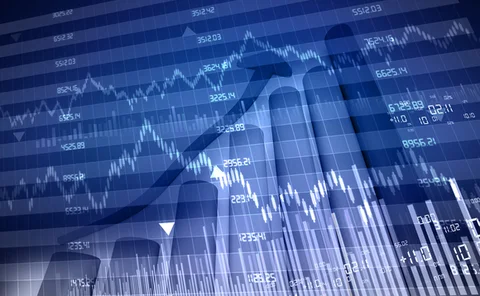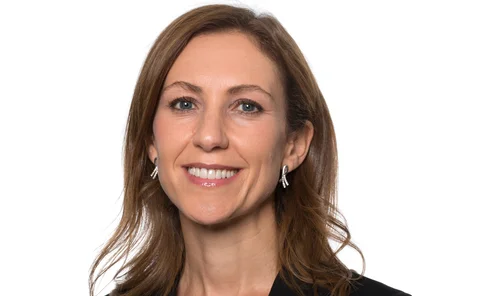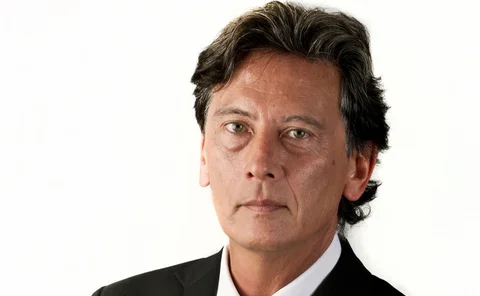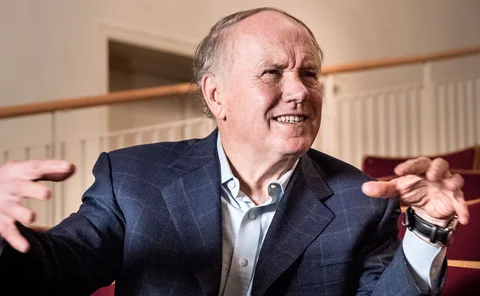Dynamic stochastic general equilibrium (DSGE)
Agent-based models: a new frontier for macroeconomics?
Agent-based modelling is opening up new possibilities for economics, but the discipline is still struggling to move from the sidelines to the mainstream
BoE paper highlights flaws in bank modelling
Many models still treat banks as “warehouses”, authors say, with important modelling implications
Podcast: Arthur Turrell on agent-based modelling
The Bank of England economist says ABMs should complement, not replace, other models
Podcast: David Hendry and John Muellbauer on empirical macro
The econometricians cast a sceptical eye over DSGE models and weigh up some alternatives
Non-linear mortgage features can impact policymaking – BoE paper
Non-linear features of mortgages impact policymaking in a DSGE model, the authors find
Podcast: David Vines on how to reform the DSGE model
Oxford University’s David Vines believes the New Keynesian DSGE model is salvageable – but needs some serious work
Woodford shows finite horizons matter when modelling
Removing rational expectations can change key economic results, says Michael Woodford
Good policy makes Phillips curve harder to identify – BoE’s Tenreyro
MPC member argues fears the Phillips curve has disappeared are “largely misplaced”
Dudley says more effort needed in modelling financial factors
“We were nowhere. Now we’re probably at the first or second grade,” says outgoing New York Fed chief
RBA paper offers new way to add housing sector to DSGE models
Authors find their model delivers “reasonable” forecast performance
BIS’s da Silva defends DSGE modelling efforts
The models have not performed as badly as critics claim and new research efforts are creating fresh possibilities, says BIS’s deputy general manager
Financial frictions key to DSGE performance – NY Fed paper
Post-crisis period was a harsh testing ground for structural models, but the New York Fed’s DSGE model was at least equal to private forecasts, researchers say
Bank of Korea unveils changes to its DSGE model
The existing model’s accuracy was reduced following structural changes in the economy
Economists need to better understand macrofinancial links – BIS paper
Stijn Claessens and Ayhan Kose call for “new generation of models” among other research to solve ongoing puzzles
Cyclical price analysis needs major improvements – ECB paper
Researchers say DSGE models’ handling of housing prices is subject to errors
Book notes: The End of Theory, by Richard Bookstaber
Bookstaber provides an entertaining introduction to agent-based modelling – a potential new front for economics
Veteran economists weigh in on ‘rebuilding’ macro theory
Economists including Olivier Blanchard, Andy Haldane and Simon Wren-Lewis tackle the question of how – and whether – to save the DSGE model
Fed paper sets out model of financial panics
Mark Gertler, Nobuhiro Kiyotaki and Andrea Prestipino examine banking panics in a DSGE model
Haldane outlines ‘interdisciplinary’ economics model
Andy Haldane and Arthur Turrell describe a way of broadening the scope of economics’ limited array of core models
Sri Lanka on track to flexible targeting – deputy governor
The central bank has much of the infrastructure in place, but the pace needs to increase if 2020 deadline is to be met, says Weerasinghe
Interview: Edward Prescott
The Nobel Prize-winner speaks to Daniel Hinge about time inconsistency and real business cycle theory, and explains why there is no ‘productivity puzzle’
BoE paper adds time-varying parameters to DSGE model
Method allows parameters to shift over time as the structure of the economy changes, yielding improvements to forecasting
IMF’s Adrian sketches macro-financial model of term premium
Tobias Adrian outlines a new way of modelling financial cycles within a New Keynesian framework, which produces a good fit with empirical observations on the term structure
Survey data can help with modelling expectations – BoJ paper
Discussion paper outlines method of incorporating survey data as a proxy for expectations, with “promising” results for inflation modelling in the US and Japan


